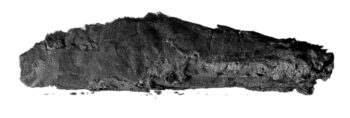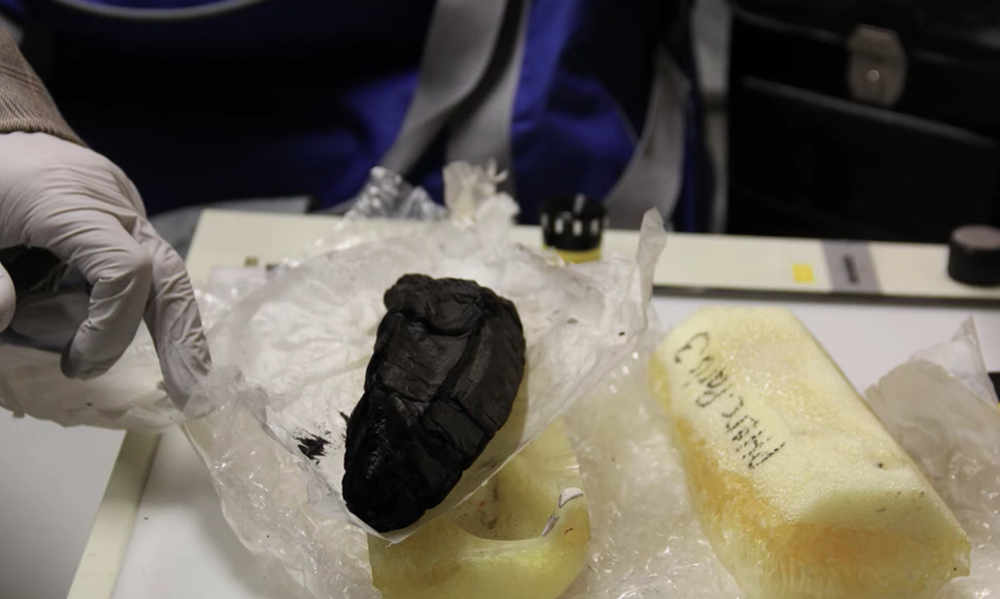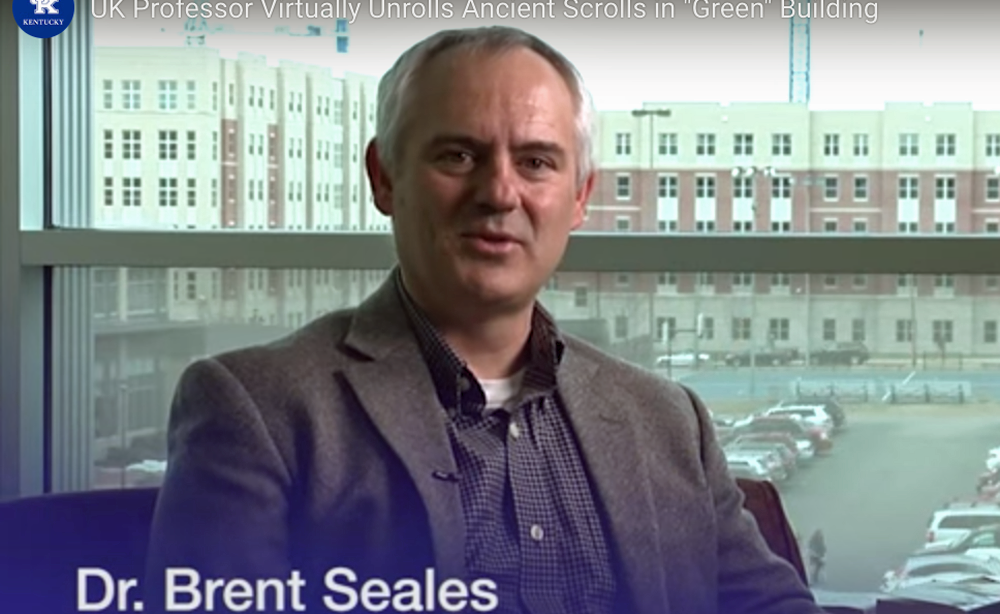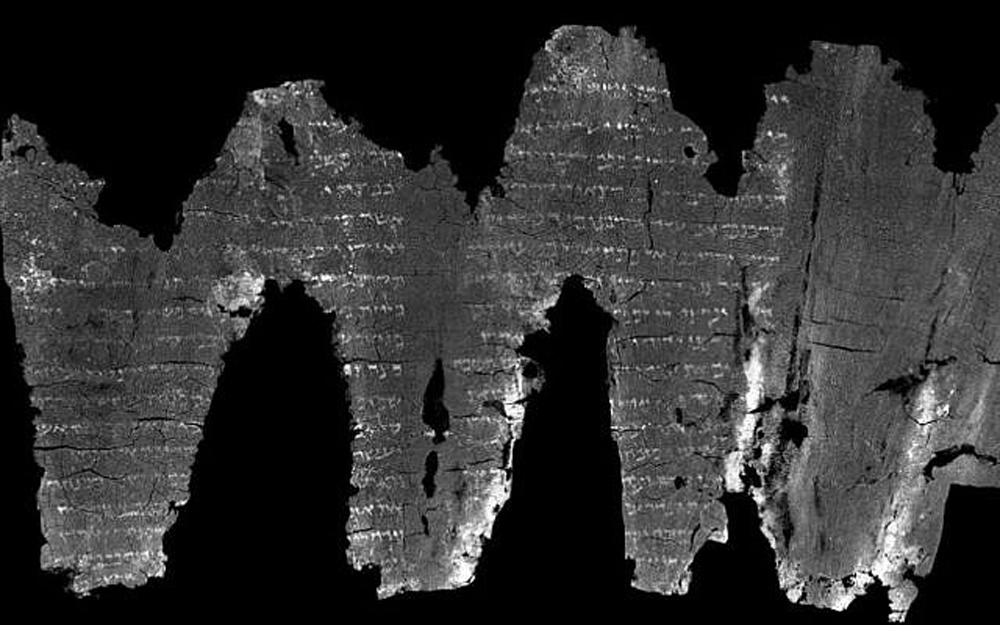By Mark Ellis –

While skeptics like to say the Bible has been changed over the centuries, new technology affirms one scroll from the ancient Torah to be virtually unchanged in 2000 years.
The burned scrolls found in an ancient synagogue’s ark near the Dead Sea in 1970 resemble charred lumps of elongated charcoal. They sat in archaeologist Yosef Porath’s storeroom since they were discovered – too fragile to be opened or read.

But last year Porath asked the Israel Antiquities Authority’s lab in Jerusalem to scan the burned scrolls, using a 3D version of the CT scans hospitals use to create images of internal body parts.
“I looked at him and said, ‘you must be joking,’” Pnina Shor, who heads the lab, told The Times of Israel.
No one thought a scan of the charred objects would render anything of value. But Porath sent the images to William Brent Seales, a researcher in the computer science department of the University of Kentucky. He developed a new technique known as “virtual unwrapping technology,” which provided the breakthrough.
Dr. Seales had been working on his technique for the last 13 years, pursuing the Holy Grail of reading a brittle ancient scroll without opening it.

While the CT scan could find blobs of ink inside the scroll, the jumble of letters floating in space would be unreadable unless they could be assigned to their proper place on the surface where they were originally inscribed.

In 2009 Dr. Seales figured out how to recreate the physical structure of the layers of a papyrus Herculaneum scroll found near Pompeii, destroyed when Mt Vesuvius erupted in 79 A.D.
His method models the surface of an ancient scroll in the form of inter-locking triangles. Each triangle is resized by the computer until the virtual surface fits the actual scroll. The Hebrew letters are then assigned to their appropriate place on the virtual surface, and the computer turns the 3-D structure into a 2-D sheet.

When the researchers realized they could actually read the Leviticus text, they were ecstatic.
“You can’t imagine the joy in the lab,” Shor told The Times of Israel.
“Not only were you seeing writing, but it was readable,” Dr. Seales noted. “At that point we were absolutely jubilant.”
The Scripture found in the burned Ein Gedi scroll is “100 percent identical” to the version of the Book of Leviticus that has been in use since medieval times, the Masoretic text, according to Dead Sea Scroll scholar Emmanuel Tov from the Hebrew University of Jerusalem.
“This is quite amazing for us. In 2,000 years, this text has not changed,” Tov told the Times of Israel.
“We may safely date this scroll” to between A.D. 50 and 100, noted Ada Yardeni, an expert on Hebrew paleography, in the journal Textus. Dr. Tov also agreed with the first-century date.
Only one of the surviving scrolls yielded results, the scroll that contained the first two chapters of Leviticus, wherein Moses describes the role of sacrifices in God’s plan to atone for man’s sin, a symbol of Jesus’ ultimate sacrifice as the “Lamb of God.”
While Dr. Seales’ technique offers great promise to Bible scholars, it could also unlock long-lost works of Latin and Greek literature, especially the charred scrolls found in the Roman villa at Herculaneum.



